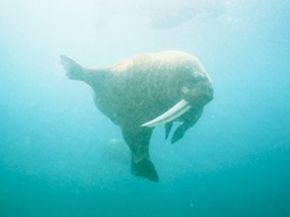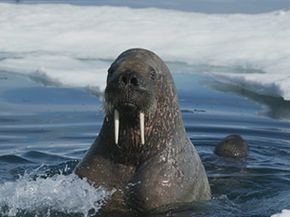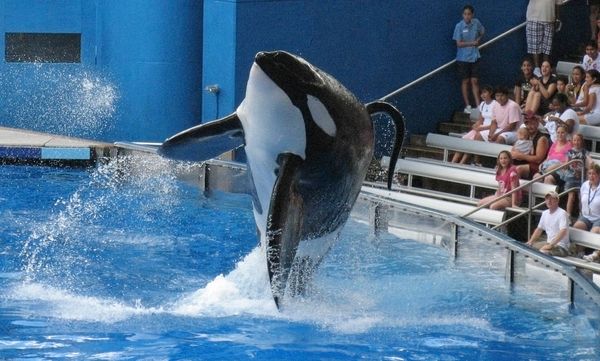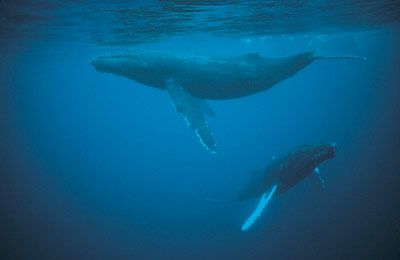Lifeguards rescue hundreds of people from drowning each year, and despite harrowing scenes from "Baywatch" indicating otherwise, most of those rescues are probably due to something mundane like swimmer fatigue.
If people swam a bit more like walruses, lifeguards might be out of a job. Although clumsy on land, these aquatic mammals become pictures of grace underwater. Their four flippers propel them to speeds of up to 22 mph (35 kph), and their well-tuned circulatory systems enable them to spend more than 10 minutes underwater before coming up for air. Their hardy bodies -- male Pacific walruses may weigh as much as 3,748 pounds (1,700 kilograms) -- can even tolerate frigid arctic waters as low as -31 degrees Fahrenheit (-35 degrees Celsius) [source: SeaWorld].
Advertisement
Even though you may not envy the thick layer of blubber that keeps walruses warm, you might find their ability to sleep in the water without drowning incredibly helpful. Wouldn't it be nice simply to stop swimming and gently bob along in the water whenever you got tired instead of having to haul yourself back to dry land?
The fact that walruses can doze off without sinking to their deaths isn't that surprising when you consider all the other things they do while at sea: They mate in the water, give birth in the water and nurse their young in the water. They spend so much time at sea -- two-thirds of their lives, in fact -- that it makes you wonder what they don't do there.
Well, you can rule out sleeping as a possible answer. Find out how walruses sleep in the water without drowning on the next page.
Advertisement



